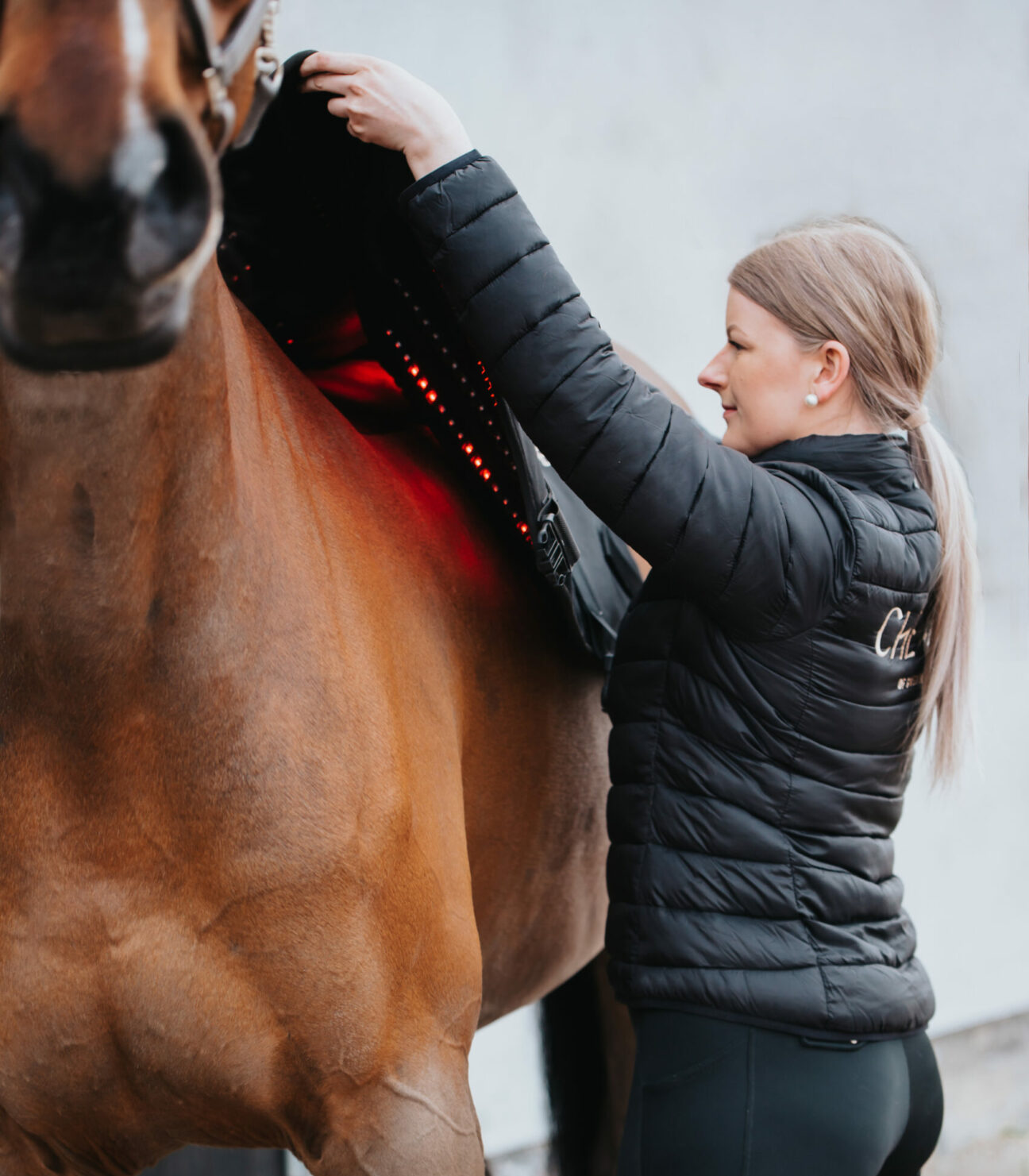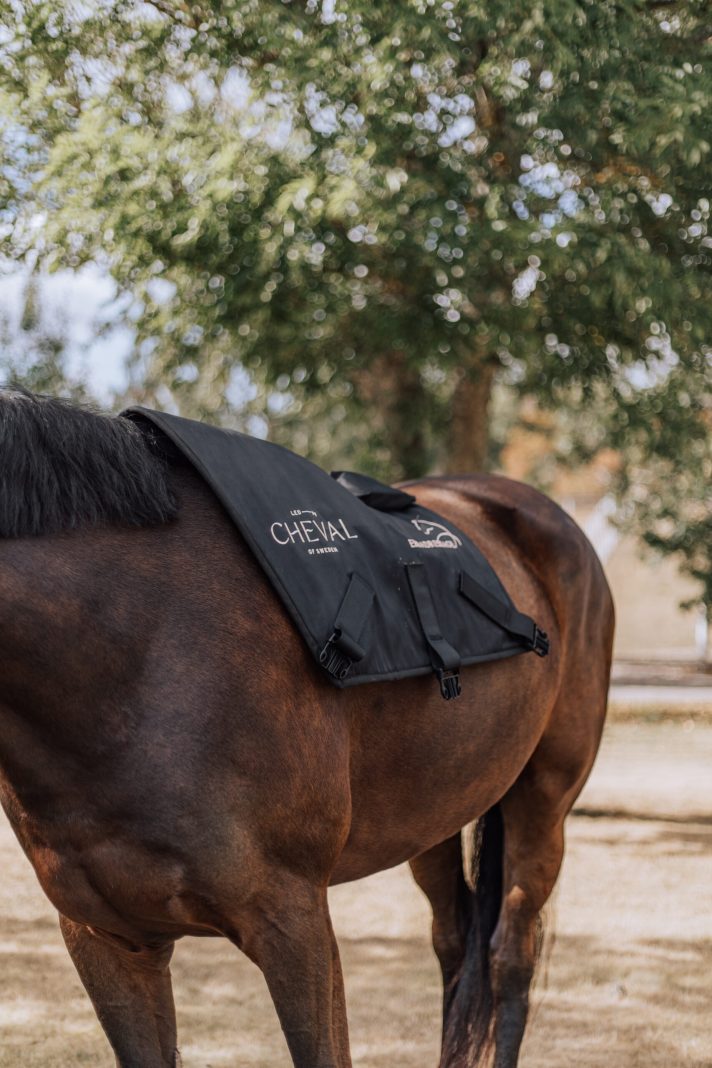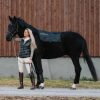The best light therapy system for your horse
This guide gathers essential comparison points to help you choose the best system for your horse’s needs. We are defining the light therapy system as LLLT in this article.
The effect – mW or mW2?
The effect is one of the most important factors when comparing brands and products. It’s important to compare the actual out-effect of the system since it can defer.
The power is defined as the total energy emitted per unit of time and is typically measured in mW. This parameter is essential for determining the therapeutic dose of laser energy delivered to the treatment area.
mW2 is not typically measured in LLLT because it provides no additional information about the treatment. mW2 is a parameter used in physics to describe the intensity of radiation on a surface and may be relevant for other applications such as sunlight or fire.
Several other factors are also critical for determining the optimal therapeutic dose of LLLT, including wavelength, dose, and treatment time.
The wavelengths
The specific wavelengths used in LLLT are important because different wavelengths of light can penetrate tissues to different depths and affect the body’s cells and tissues differently.
LLLT typically uses wavelengths of 600 to 900 nanometers (nm), which are in the visible and near-infrared regions of the electromagnetic spectrum. Within this range, different wavelengths have different tissue penetration depths and absorption characteristics.
For example, red light with shorter wavelengths (e.g., 600-700 nm) tends to be absorbed by superficial tissues such as the skin. Longer red and infrared wavelengths can penetrate deeper into tissues such as muscles and joints. Shorter wavelengths, like blue light, can barely penetrate the skin at all and are used more for acne, plant growth, and surface disinfection.
Different types of cells and tissues within the body also have different absorption characteristics for different wavelengths of light. For example, mitochondrial chromophores within cells can absorb light in the near-infrared region, leading to increased ATP (adenosine triphosphate) production.
The wavelengths proven in scientific studies to have the best effect on the body are within the optical window.
The number of lights
The number of lights directly relates to the output of the product and is an essential factor to consider: the more lights, the wider area covered, and the higher total effect.
The design
Some systems offer versatile usage, while others are designed for specific applications. Select a system that aligns with your horse’s specific needs.
The materials
Considering the materials used in the light therapy system’s construction is also important. Since horses can be unpredictable and rough on equipment, durability, safety, and ease of cleaning are critical factors to consider.
Warranty
Another important factor to consider is the warranty offered by the manufacturer. A product designed for equestrian use should hold up to this standard, and it is essential to examine the guarantee’s coverage and duration before making a purchase.
Price and payment terms
Finally, price, shipping costs, payment terms, and delivery times are critical considerations when choosing a light therapy system. For personal guidance and recommendations, you are always welcome to contact us.







